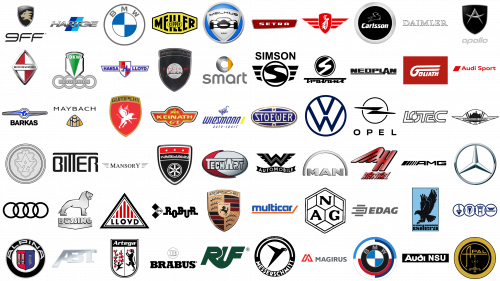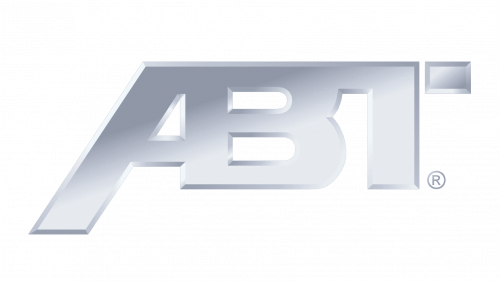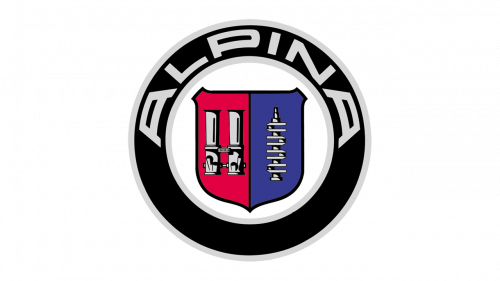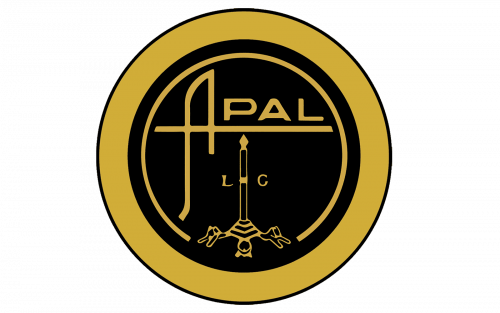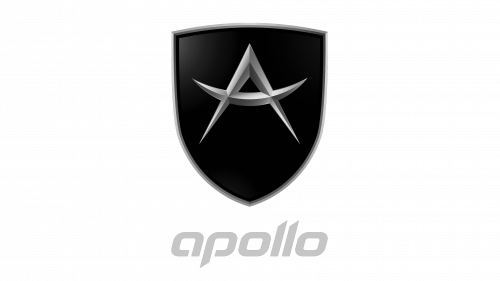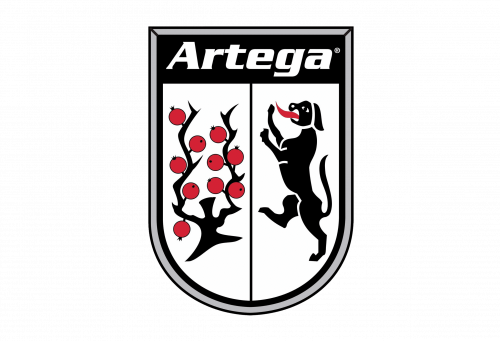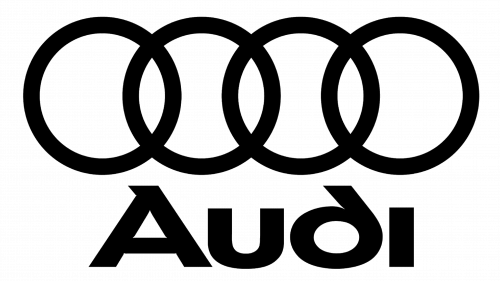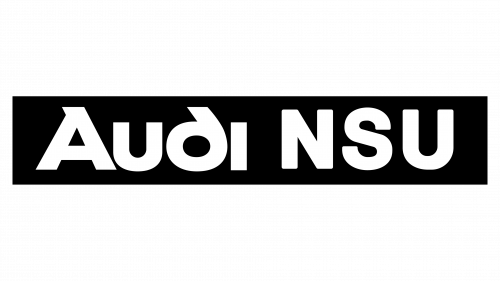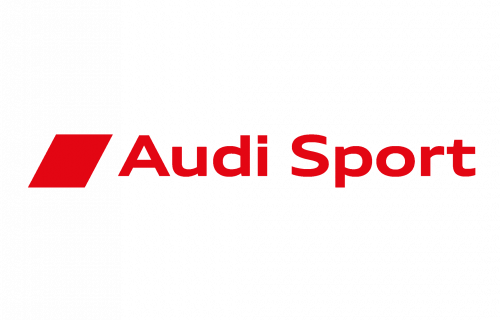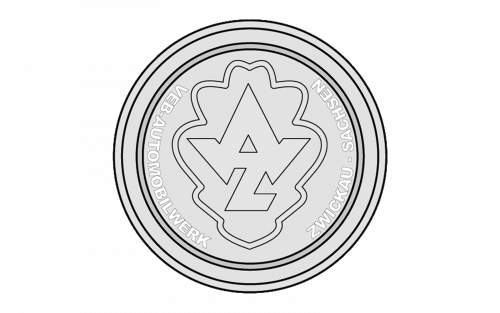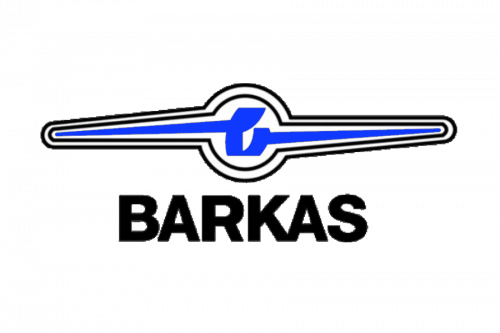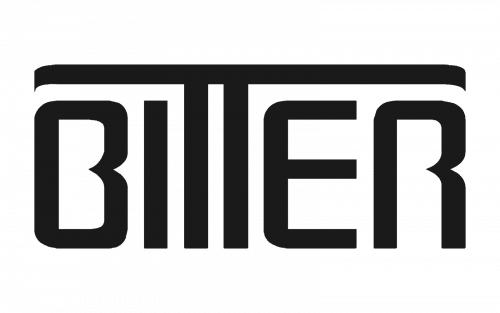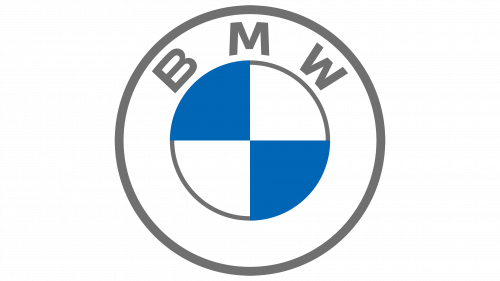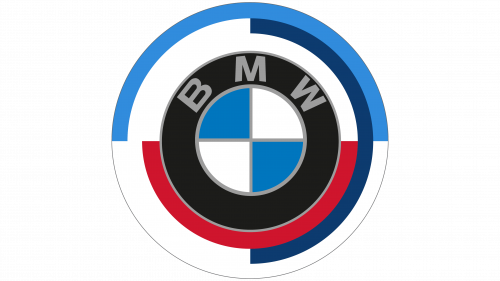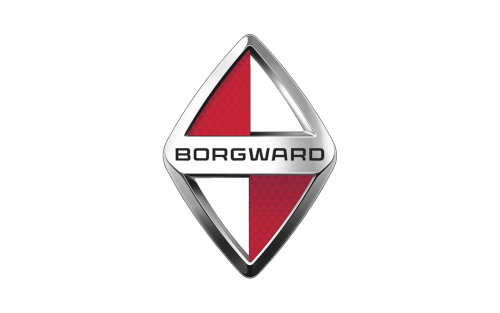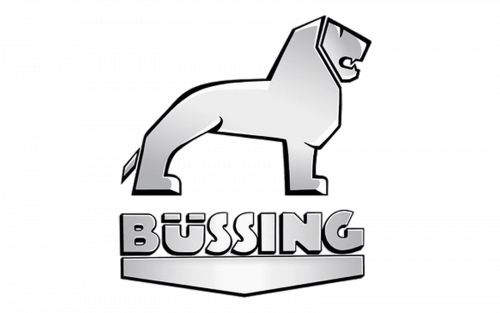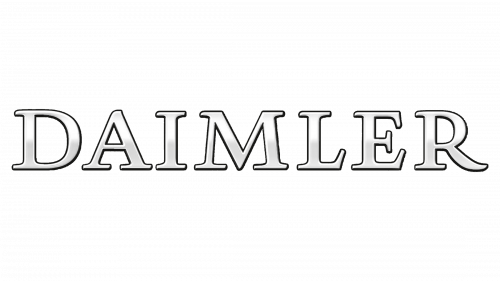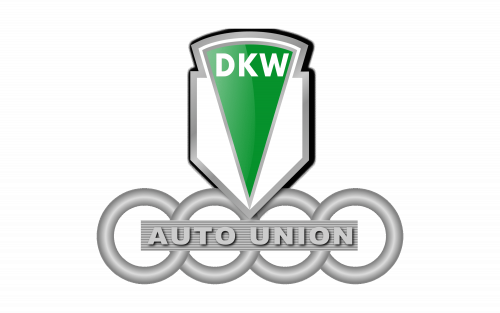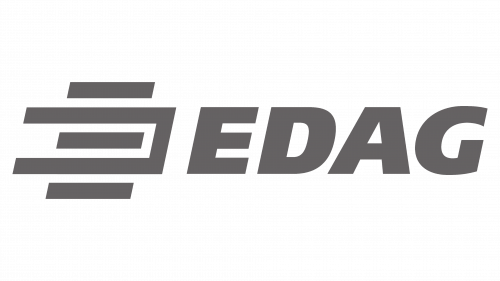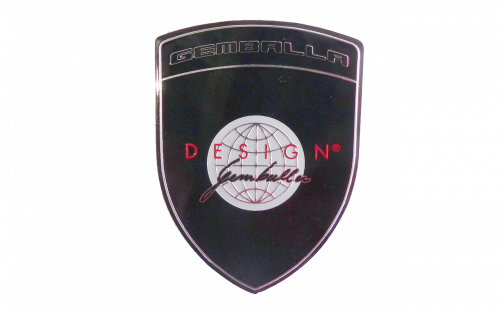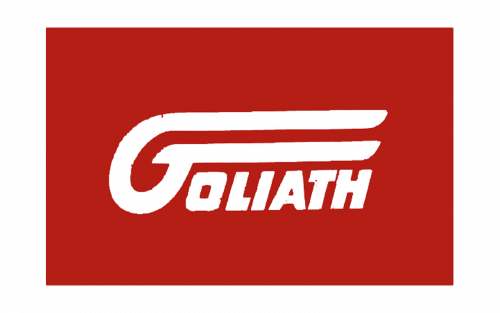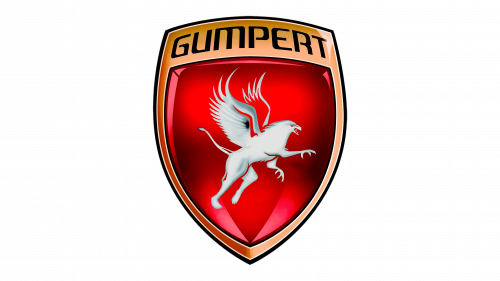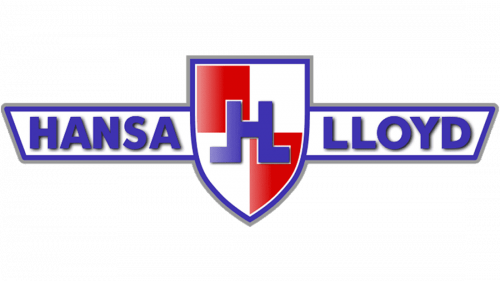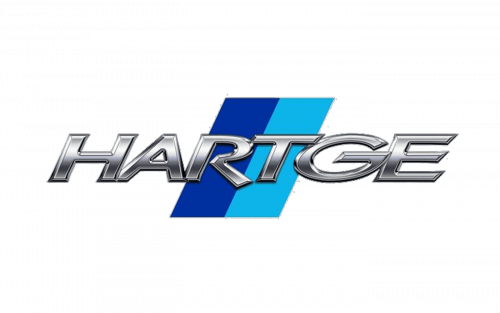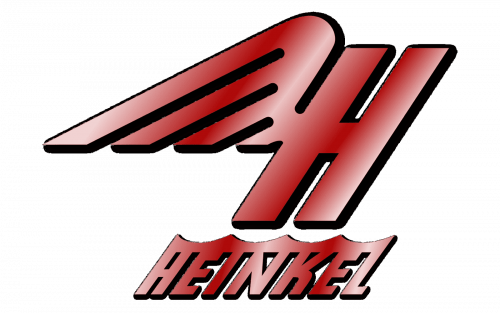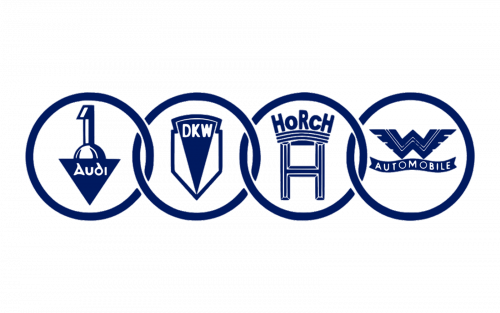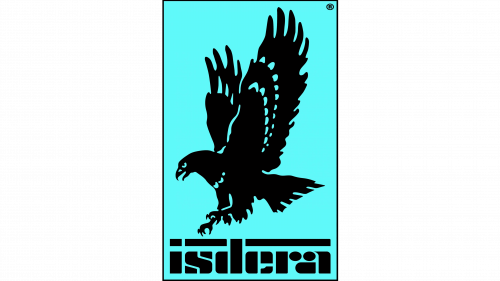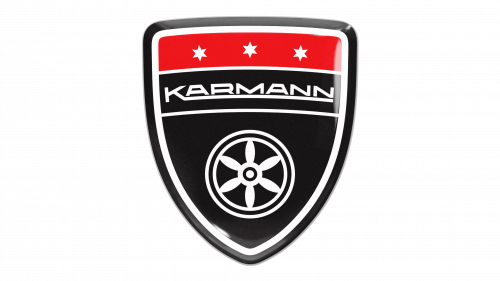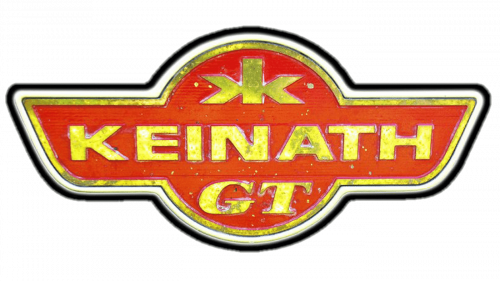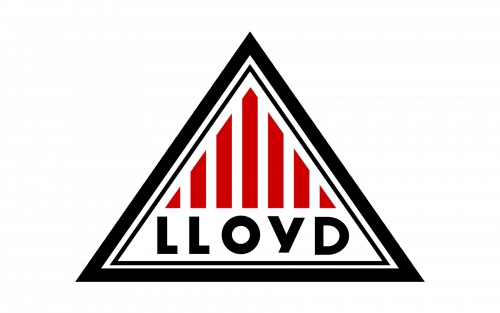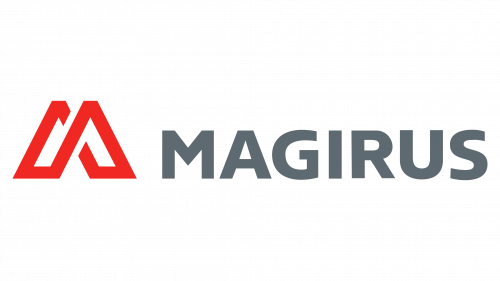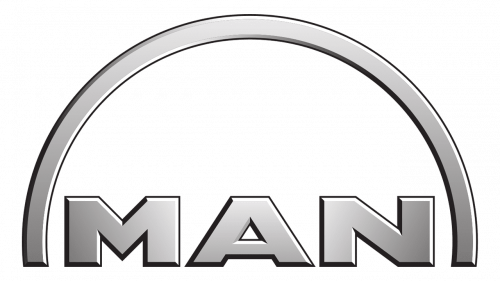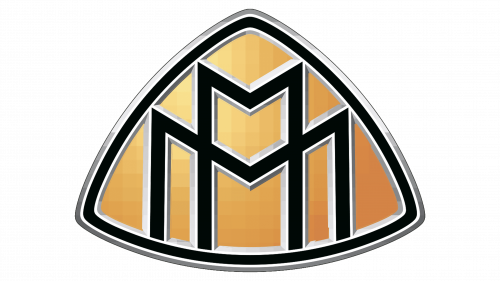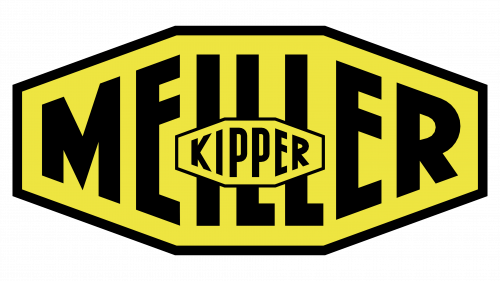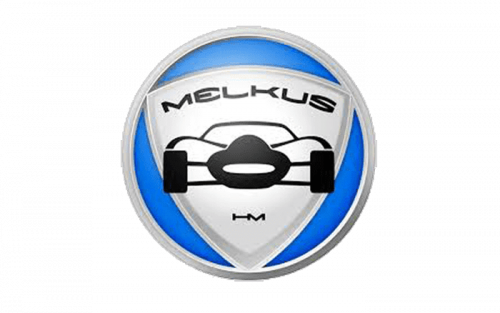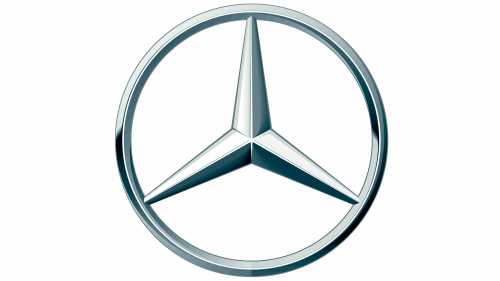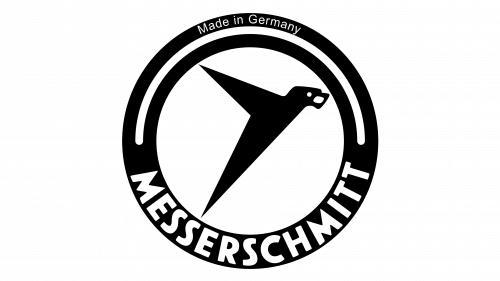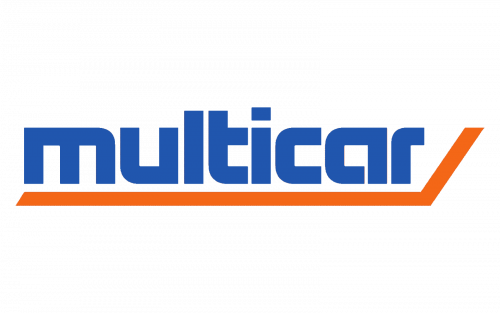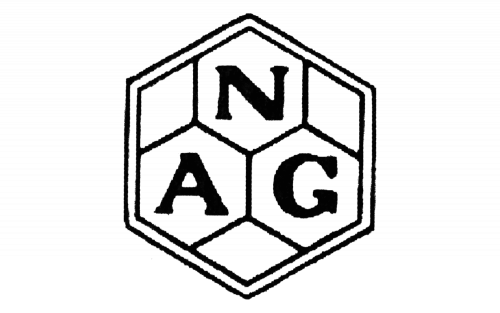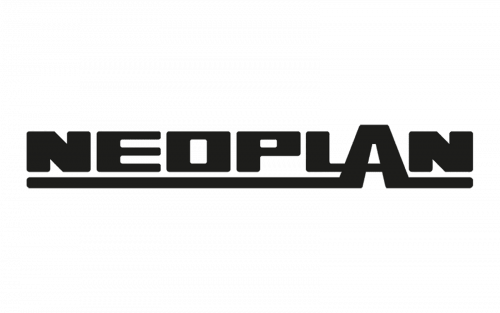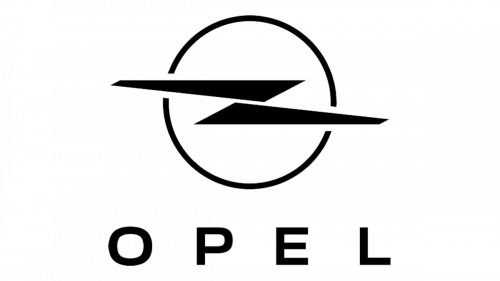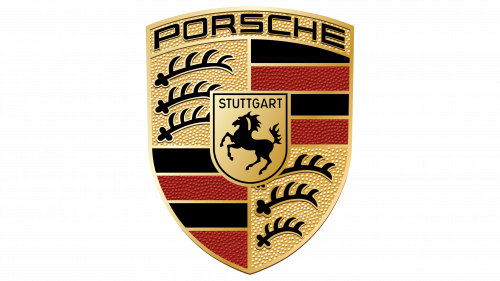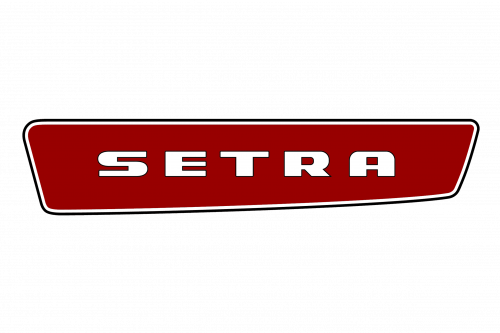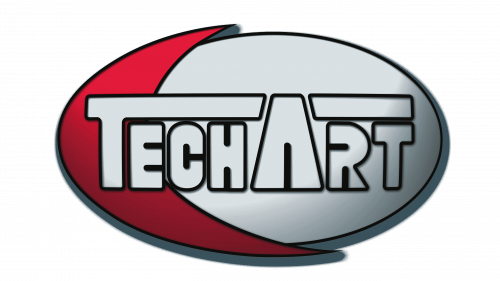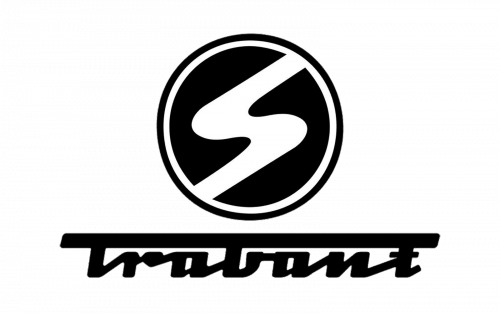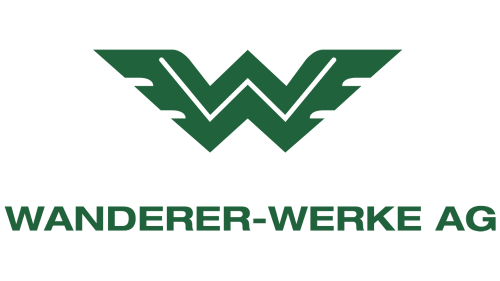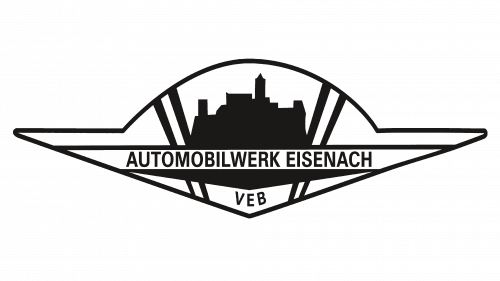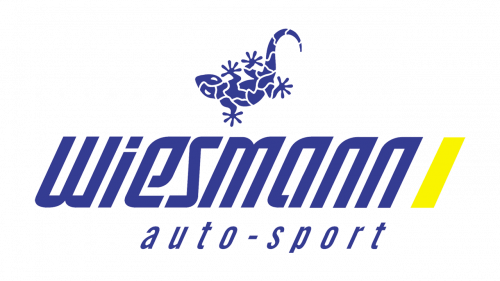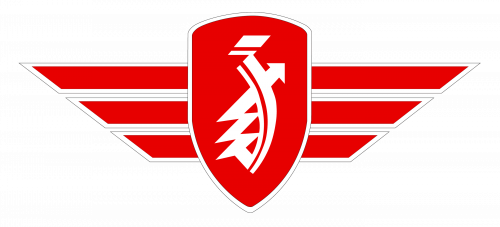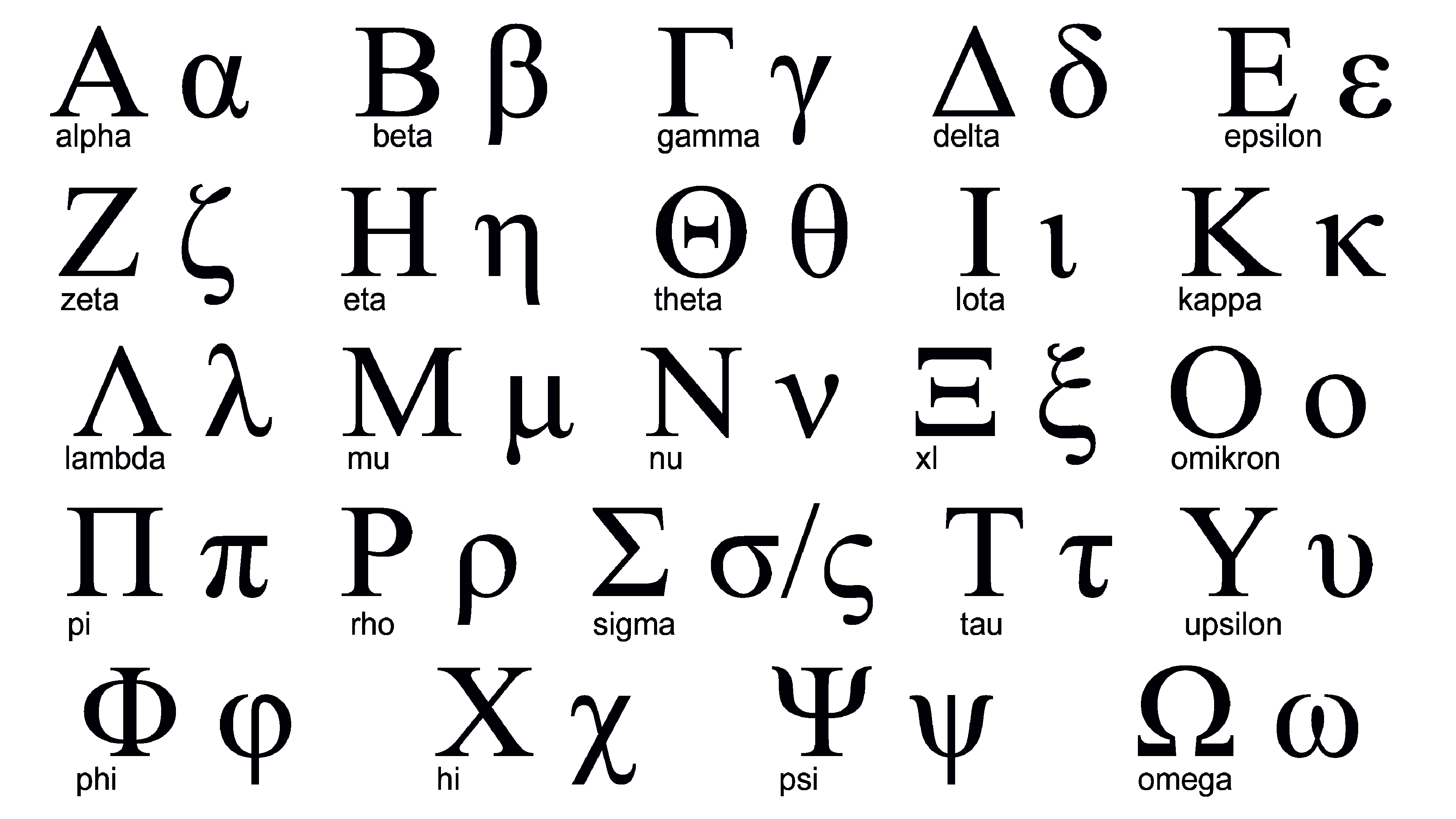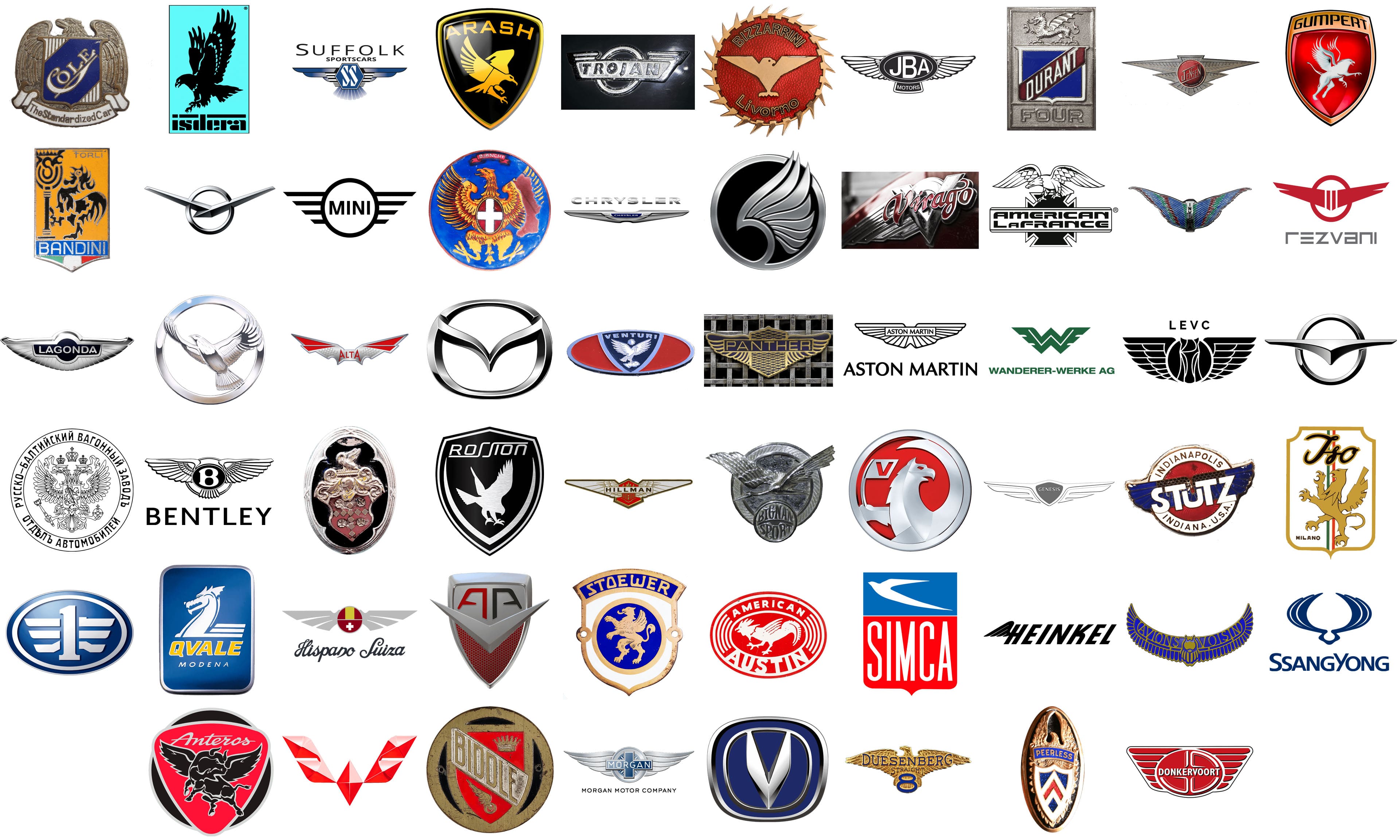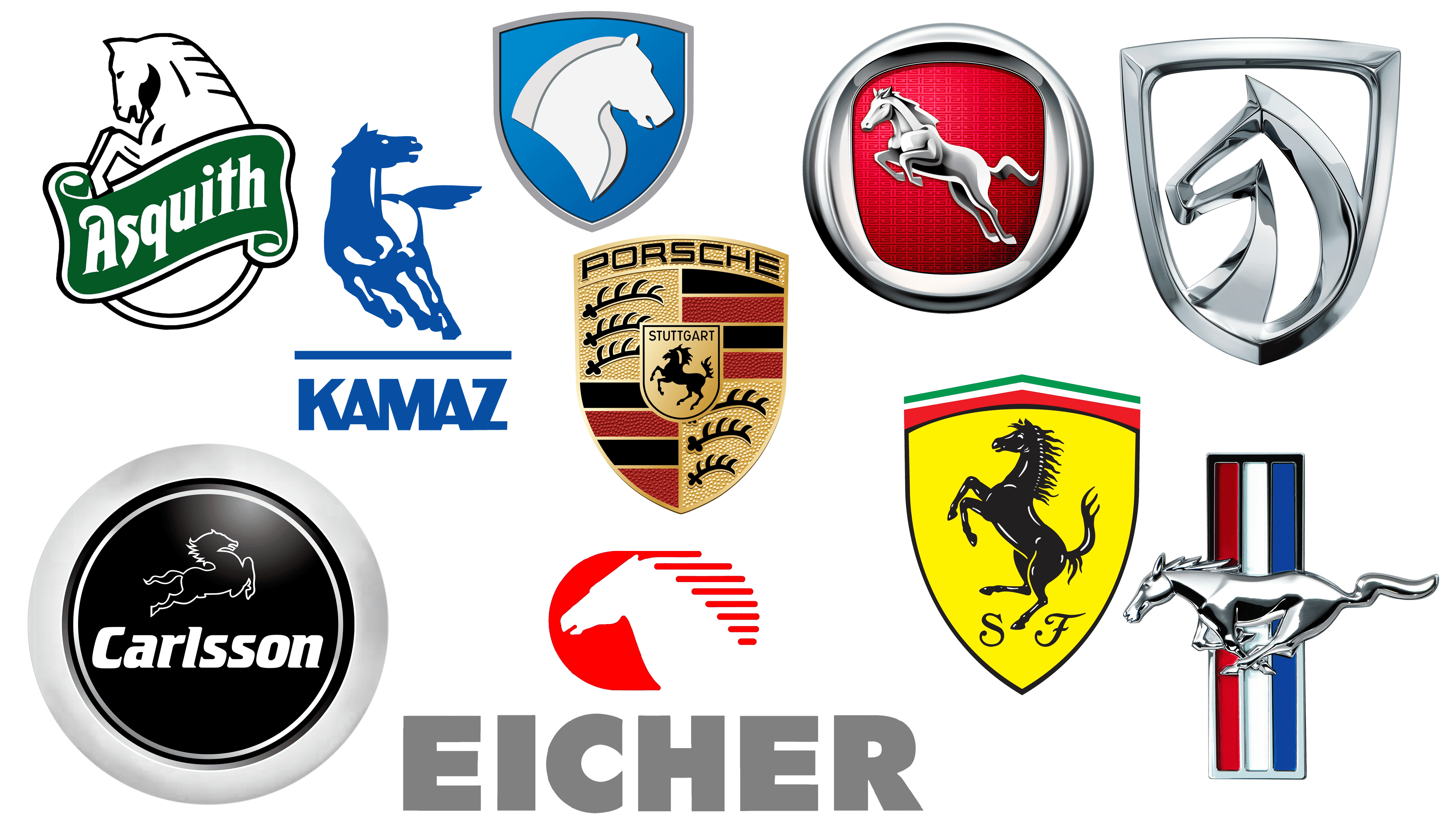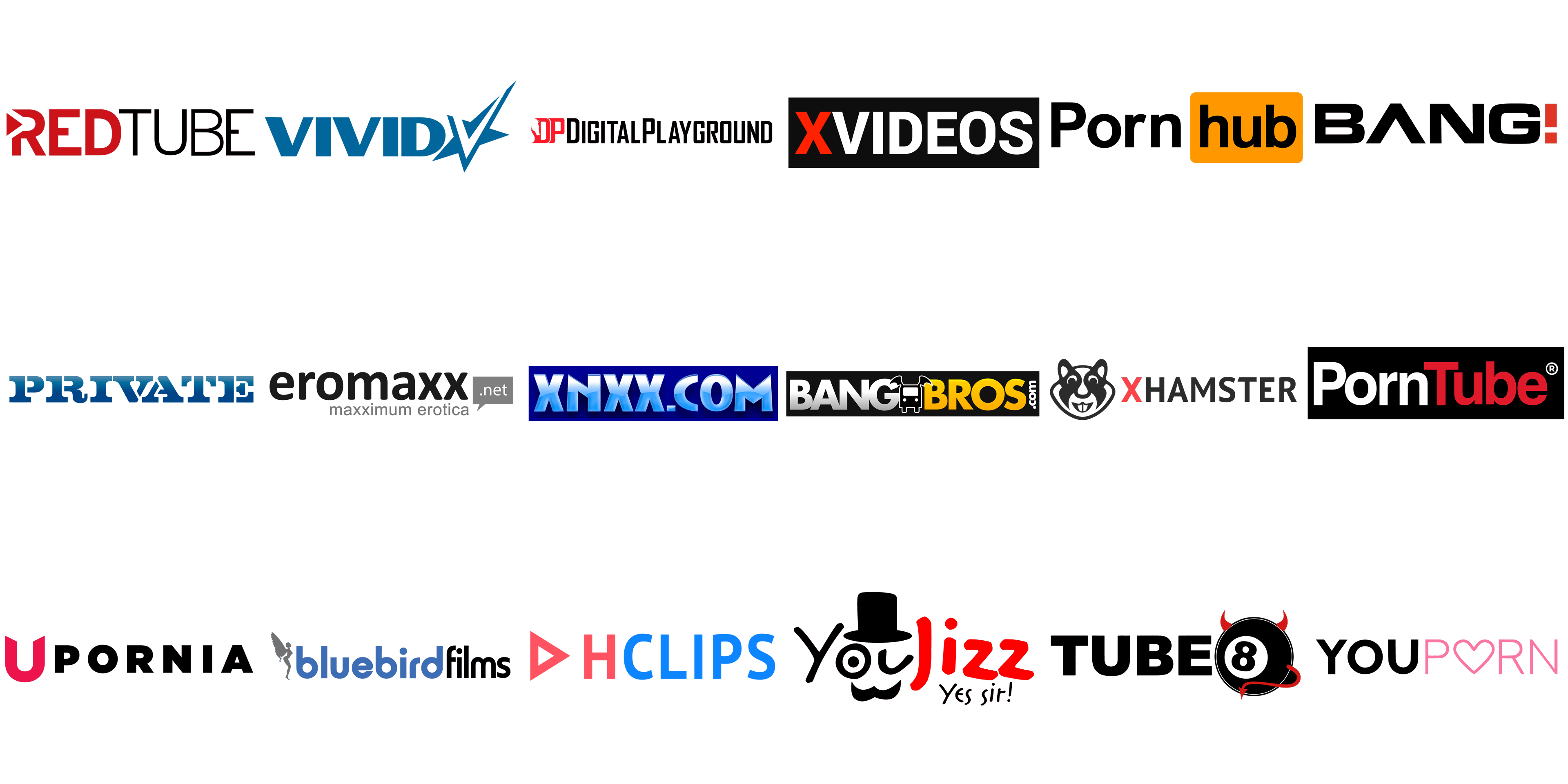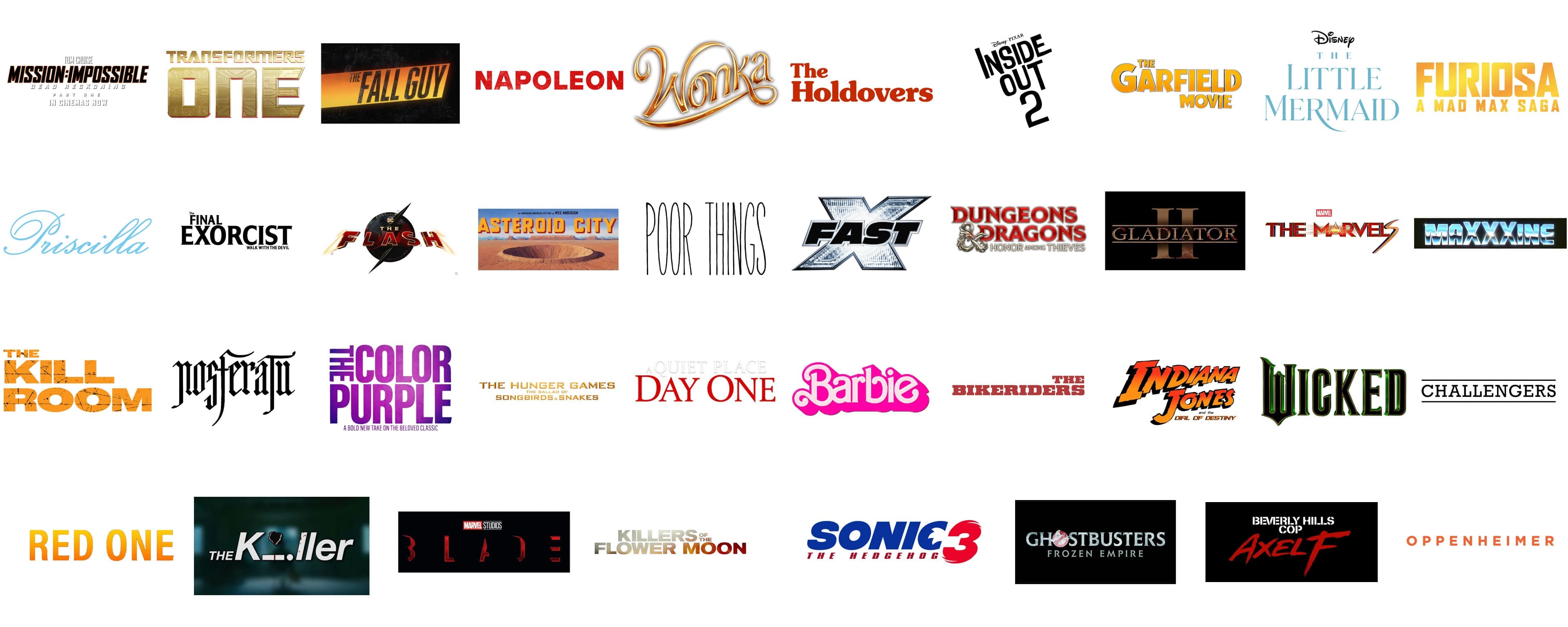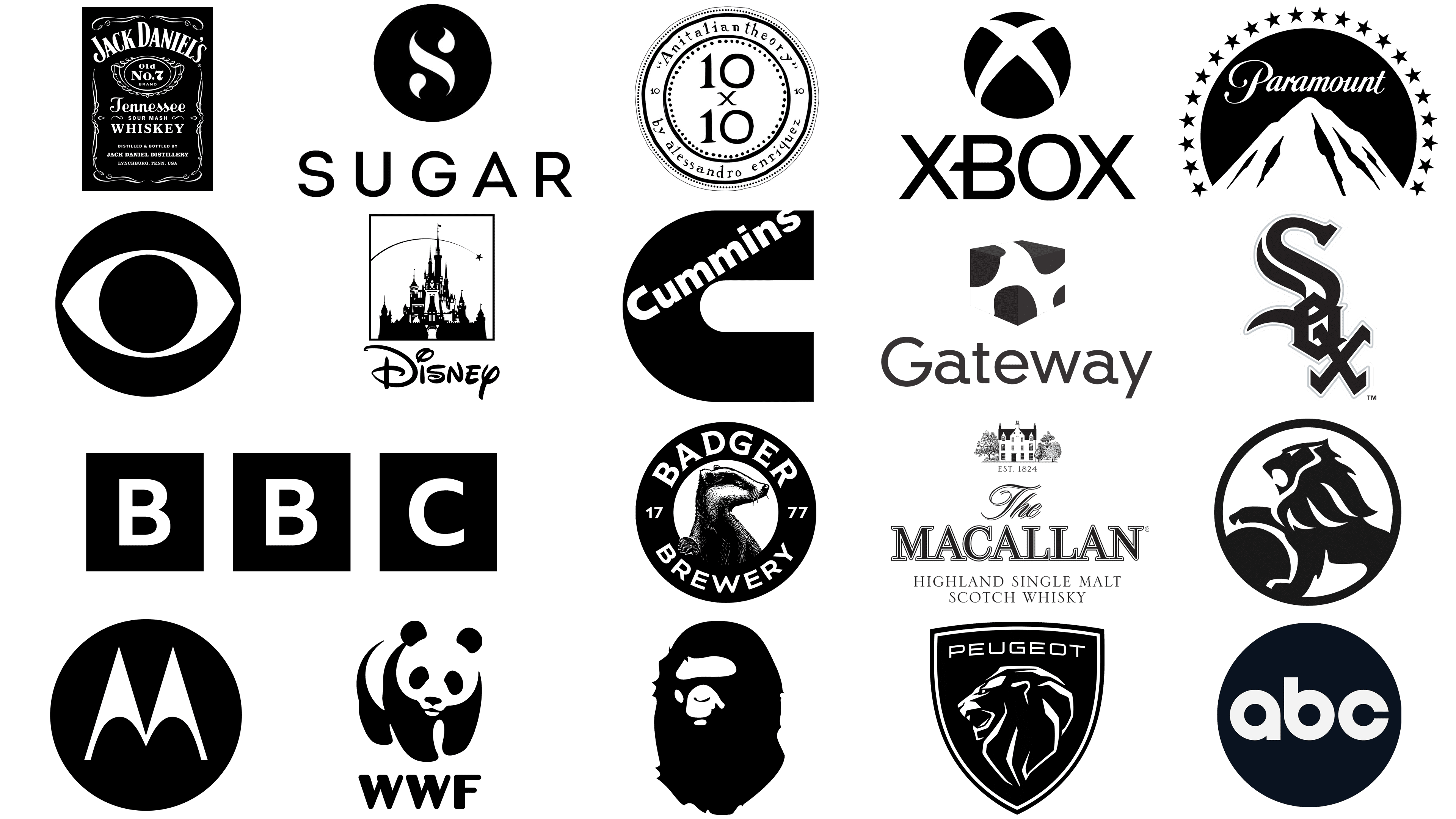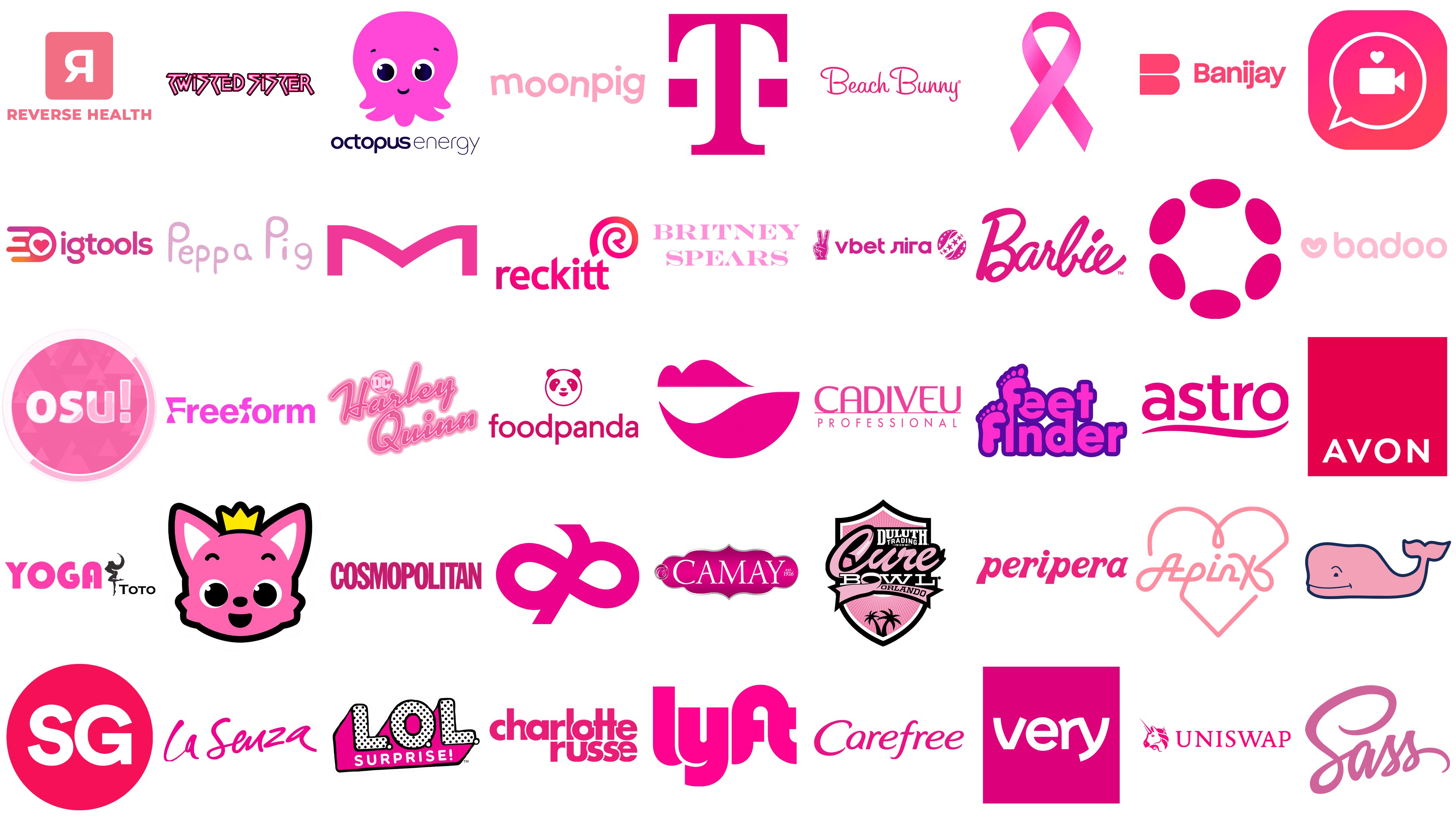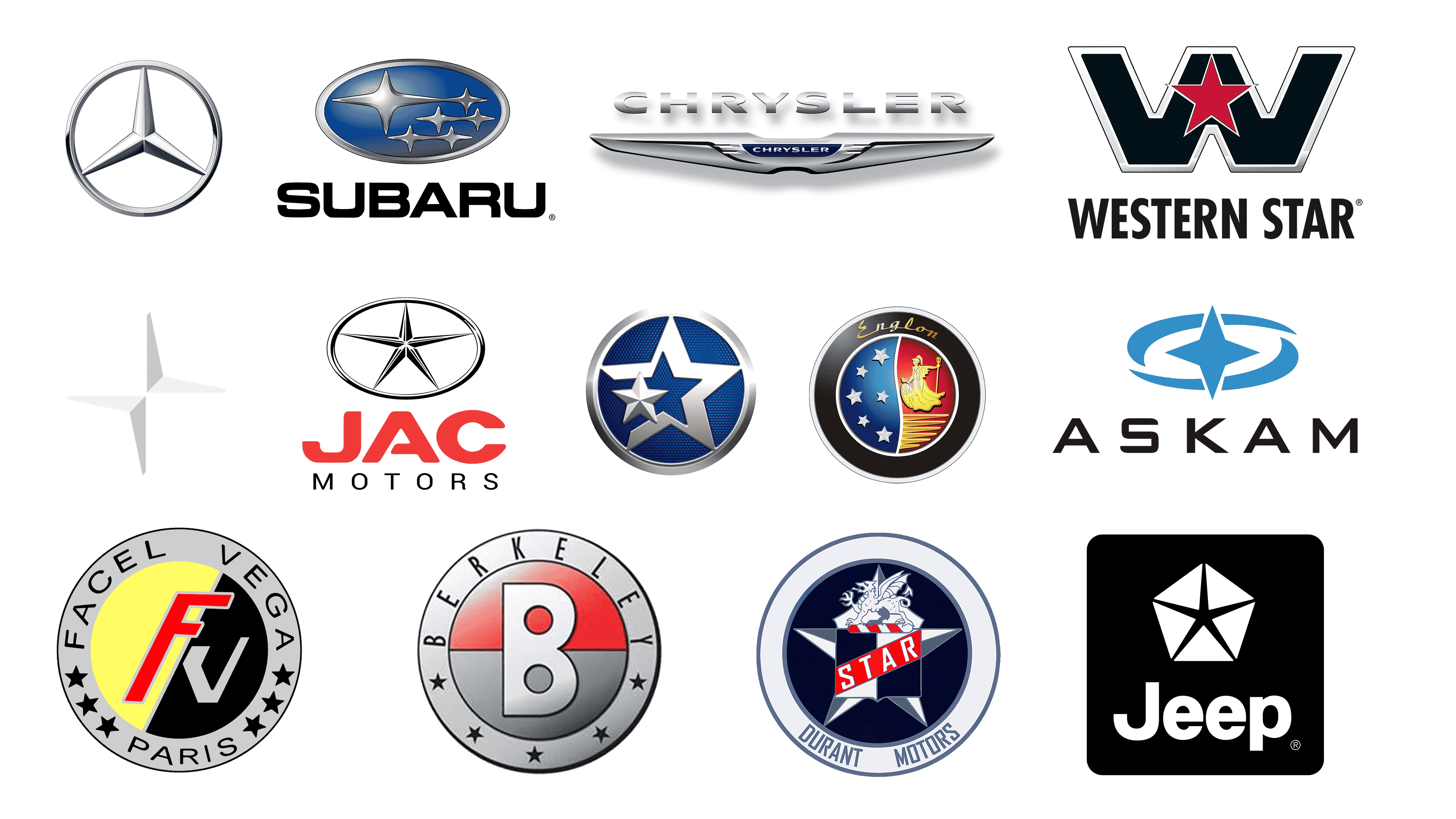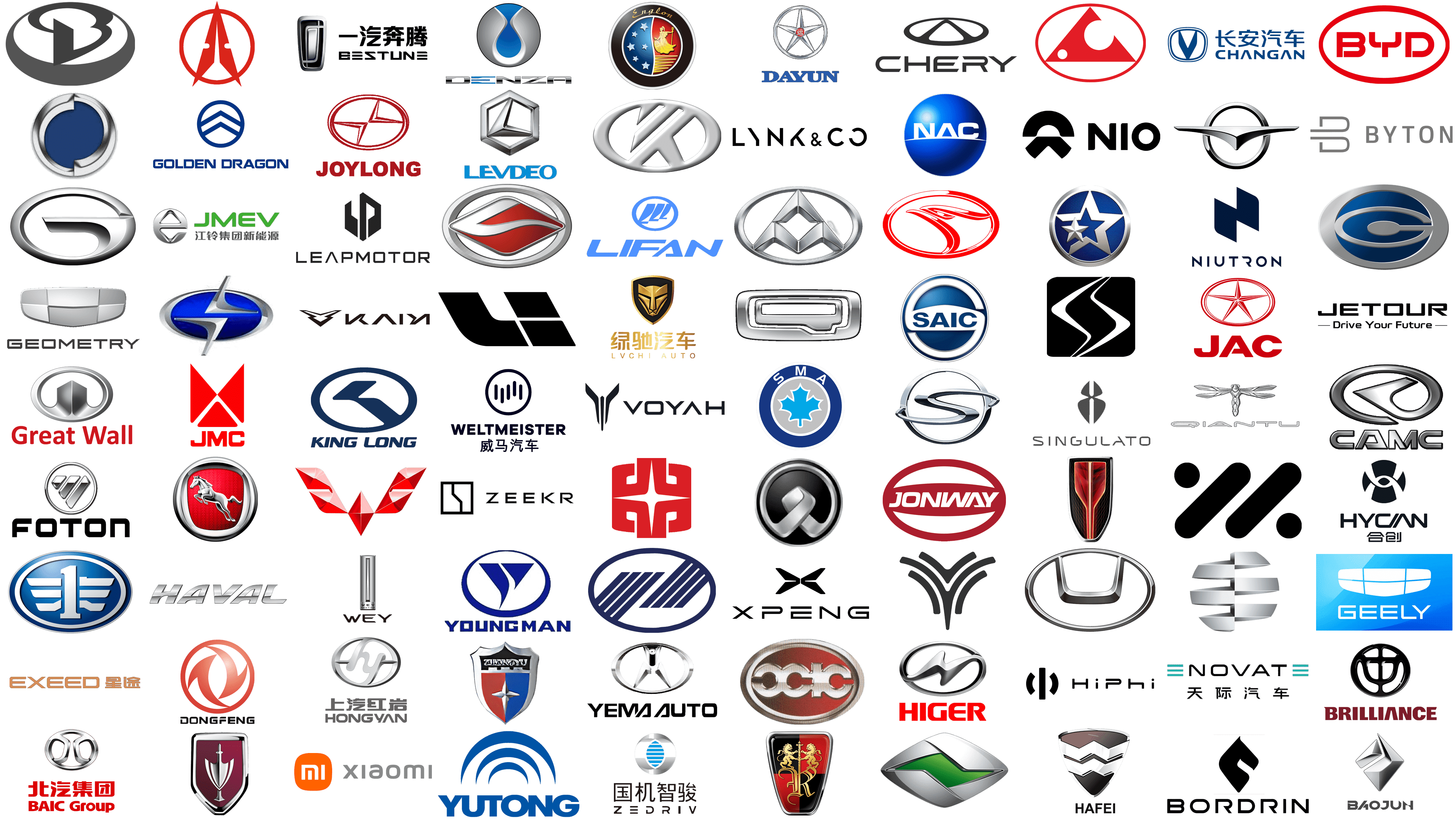German Car Brands
The allure of German car brands lies not just in their engineering excellence or sleek designs, but also in the powerful symbols adorning their grilles. These logos, more than mere markers of identity, encapsulate the essence, history, and aspirations of the brands they represent. This article delves into the iconic logos of German car manufacturers, unraveling the stories behind the emblems that have become symbols of prestige, innovation, and automotive prowess worldwide.
German car logos serve as a beacon of quality and performance. They symbolize a commitment to precision and luxury. Each emblem, with its unique design and historical significance, communicates the brand’s legacy and vision for the future. From the propeller-inspired roundel of BMW to the simple elegance of the Mercedes-Benz star, these logos are a testament to the brand’s enduring appeal and their pivotal role in shaping the automotive landscape.
As we explore these symbols, we uncover tales of rivalry, innovation, and the relentless pursuit of excellence. These narratives are not just about the cars but the people behind them – the visionaries, engineers, and designers who have pushed boundaries and set new standards. The logos are a tribute to their ingenuity and a signal to the world of what German engineering stands for.
This exploration is not just for car enthusiasts but for anyone intrigued by the power of branding and the stories that logos can tell. As we delve into the world of German car brands, we invite readers to appreciate these emblems not only as markers of luxury and performance but as artworks that carry the spirit of their makers and the history of an industry that continues to evolve and inspire.
9ff
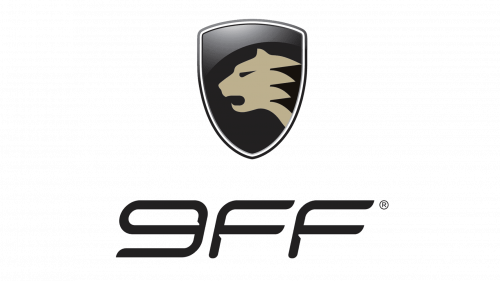
Founded by Jan Fatthauer in 2001, the German tuning company 9ff stands out for its superior modifications of Porsche vehicles. Enthusiasts who demand unmatched performance on both the road and track highly seek after cars like the GT9-R for their record-breaking speeds. Strength and nobility radiate from the roaring lion silhouette in its logo, which stands boldly against a black background within a sleek silver shield, while the brand’s name is presented in a contemporary sans-serif font, marrying tradition with modern sophistication.
ABT
In 1896, ABT Sportsline emerged as a leading German automotive aftermarket and tuning company, focusing on Audi, Volkswagen, Seat, and Skoda vehicles. The company boasts a deep motorsport heritage and excels in engine tuning, aerodynamics, and suspension modifications, offering performance-enhanced vehicles and components to enthusiasts around the globe. Its logo features the brand’s initials in a futuristic font enveloped in a silver gradient, advancing towards the observer. This metallic sheen and subtle shadow effect create a three-dimensional appearance, embodying innovation and a forward-thinking ethos.
Alpina
Since its inception in 1965, Alpina Burkard Bovensiepen GmbH & Co. KG has earned a reputation for producing high-performance BMW vehicle variants. The B7 and B6 models from Alpina blend luxury, comfort, and dynamic driving experiences, catering to those who seek exclusive alternatives to standard BMW offerings. Its logo captures a stark contrast of red and blue, split by a sharp vertical line. A black and white crankshaft occupies the red section, symbolizing stability and heritage, while a silver spark plug in the blue section denotes innovation and power. Surrounded by a bold black ring with the brand’s name in white capitals, the logo projects confidence and precision.
Apal
Apal, established in 1961 in Belgium, made its mark by manufacturing fiberglass-bodied sports cars and dune buggies. The Apal Corsa and Apal Coupe became renowned among enthusiasts for providing affordable, customizable options for leisure driving and motorsport activities in the 1960s and 1970s. The brand’s logo, a majestic blend of gold and black. This emblem, encircled by a traditional frame, marries heritage with modernity through its stylized letters, all while exuding a refined sophistication.
Apollo
Founded in 2004 by Roland Gumpert, the German sports car manufacturer Gumpert Apollo quickly rose to fame for its high-octane supercars. These vehicles, particularly the Apollo S and Apollo Enraged, are celebrated for their aerodynamic design and exceptional track performance, offering thrilling acceleration and cornering prowess that captivate enthusiasts and collectors across the globe. The logo, defined by monochromatic elegance, features a shield shape with a central star-like figure pointing in three directions, symbolizing dynamism and precision. This emblem portrays protection and strength, while the brand’s name in lowercase offers a modern and approachable vibe.
Artega
In 2006, Artega Motors emerged on the German sports car scene, introducing the Artega GT—a mid-engined sports car acclaimed for its eye-catching design and nimble handling. Crafted by Henrik Fisker, the Artega GT delivered a polished driving experience, prioritizing precision and performance until its production ended in 2012. Its logo creatively balances historical depth with a playful spirit, depicted by a tree adorned with red fruits on one side, symbolizing growth and vitality, and a spirited leaping dog on the other, representing energy and joy. This logo’s stark black and white contrast enhances its classic simplicity, crowned by the brand’s name in a bold typeface.
Audi
Audi, established in 1910, stands as a pillar in the automotive industry, known for its broad portfolio of luxury vehicles, including sedans, SUVs, and sports cars. The brand is synonymous with cutting-edge technology, exemplary craftsmanship, and engaging driving experiences, securing its status as a leader in the premium car market. Its offerings, such as the Audi A4, Q5, and R8, showcase the pinnacle of automotive innovation. Audi’s emblem, characterized by four interlocked rings, symbolizes the unity and strength derived from the merger of four independent manufacturers. Below this iconic symbol, the brand’s name is presented in a bold, sans-serif font, projecting a modern and confident image.
Audi NSU
The formation of Audi NSU Auto Union AG in 1969 marked a significant milestone in Germany’s automotive history, merging iconic brands like Audi, NSU, and Auto Union. This conglomerate played a pivotal role in advancing automotive engineering, design, and motorsport, paving the way for what would eventually integrate into Audi AG in 1985. The brand’s visual identity reflects this heritage, with “NSU” and the company name rendered in a clean, broad font that hints at both the past and the merging of legacies. The logo’s simplicity underscores a commitment to innovation and the continual evolution of mobility.
Audi-Sport
Audi-Sport, the performance division of Audi, is celebrated for its engineering precision and technological innovations. It focuses on developing sporty Audi variants and participates in global motorsport events, showcasing a dedication to superior performance and design. The logo emphasizes this commitment, featuring the word “Sport” in an enthusiastic red color. The ‘A’ in “Audi” coupled with the red signifies speed and agility, representing the division’s focus on high performance and automotive prowess.
AWZ
Once known as Automobilwerk Zwickau, AWZ was a cornerstone of East Germany’s automotive industry in the mid-20th century. Famous for the AWZ P70 “Zwickau” and the iconic Trabant cars, AWZ reflected East Germany’s industrial strength. Its logo, a coin-like emblem with a stylized combination of the letters “A” and “Z”. The use of muted gray tones and the inscription “AUTOMOBILWERK ZWICKAU – SACHSEN” around the perimeter express a deep connection to its history and regional identity.
Barkas
Barkas, part of the East German IFA conglomerate, significantly influenced the Eastern European commercial vehicle sector. Best known for the Barkas B1000 light commercial vehicle, Barkas met the diverse needs of industries and communities with its multifunctional vehicles. Its logo, with a streamlined, wing-like design encasing a bold ‘B’ within a circle, is presented in a confident blue cutting through white. The brand name “BARKAS,” displayed in a straightforward font below, speaks to the brand’s reliability and practical approach to vehicle design.
Bitter
Erich Bitter’s automotive venture, Bitter, established a unique position in the luxury sports car market through vehicles like the Bitter CD. These cars were celebrated for their striking design, powerful performance, and detailed craftsmanship, catering to those in search of an exclusive driving experience. The brand’s name appears in a bold, extended font in the logo, with vertical lines that add structure and prominence. The design’s simplicity, featuring black on white, conveys a classic elegance, while the extended top bar of the ‘B’ introduces a distinctive, memorable feature.
BMW
BMW, established in 1916, epitomizes engineering prowess and innovation, crafting luxury vehicles, motorcycles, and engines that prioritize quality, performance, and the joy of driving. This commitment has earned BMW its status as a globally revered automotive brand. Its logo, featuring blue and white quarters set within a circle, is universally recognized and harks back to the company’s aviation heritage, with the colors representing the sky and propellers. The surrounding black ring with BMW’s initials firmly roots the emblem in a tradition of excellence.
BMW-M
BMW-M, BMW’s high-performance division, is famed for delivering thrilling driving experiences. By expertly engineering models such as the M3 and M5, BMW-M marries precision with power and agility, crafting vehicles that redefine the limits of performance for both road and track enthusiasts. The division’s logo, marked by a metallic luster, showcases the ‘M’ with a depth that conveys mastery and strength. The signature blue, purple, and red stripes across the ‘M’ reflect the brand’s racing lineage and dynamism, embodying its commitment to exhilaration and speed.
Borgward
Founded in 1919, Borgward is celebrated for its forward-thinking in automotive design and engineering. With vehicles like the Isabella and P100, Borgward introduced innovative technologies and unique styling, influencing the auto industry’s evolution until its resurgence with modern takes on classic models. The logo, a blend of heritage and modernity, features a diamond shape encasing a dynamic red triangle, evoking movement and passion. The bold “BORGWARD” lettering within the logo asserts a presence that bridges classic appeal with a contemporary edge.
Brabus
Brabus stands out as a leading German aftermarket tuning company, specializing in enhancing the luxury and performance of Mercedes-Benz vehicles. Through custom powertrain upgrades, interior customizations, and aerodynamic tweaks, Brabus serves an elite clientele that values exclusivity, personalization, and unmatched performance. Its logo, with the “BRABUS” name in a commanding typeface and the ‘B’ circled, symbolizes completeness and precision. The logo’s black and white color scheme reflects a direct and potent brand identity, celebrated for its commitment to performance and precision.
Büssing
Founded in 1903, Büssing distinguished itself in the German automotive landscape through its innovative commercial vehicles and buses. Known for their robust engineering and reliability, Büssing’s vehicles represented high-quality transportation solutions for various industries and municipalities throughout Europe, playing a key role in shaping modern transportation infrastructure. The logo, with its majestic lion profile set in a metallic finish, symbolizes power and dominance. Below, the “BÜSSING” name is presented within a banner-like structure, evoking a sense of stability and a rich historical legacy.
Carlsson
Carlsson, established in 1989, has earned prestige as a German automotive tuning company, specializing in custom modifications for Mercedes-Benz vehicles. Carlsson’s commitment to blending performance with luxury transforms Mercedes-Benz cars into bespoke creations, providing customers with personalized driving experiences that meet their stringent standards. The logo captures the brand’s spirit through a leaping horse against a black backdrop, encased within a silver circular frame. The “Carlsson” name stands out in a clean, bold font against the dark background, emphasizing the brand’s elegance and sense of motion.
Daimler
Daimler, an automotive pioneer, has its origins intertwined with the invention of the automobile by Carl Benz and Gottlieb Daimler in the late 19th century. Today, Daimler remains at the forefront of the auto industry, driving innovation and setting the standard in luxury, sustainability, and technological advancement with flagship brands like Mercedes-Benz, Maybach, and Smart. The “DAIMLER” logo, with its raised silver lettering, embodies premium quality and sophistication. Its metallic sheen and distinct font reflect the company’s enduring legacy of luxury and engineering excellence.
DKW
DKW, founded in 1916, significantly influenced the compact car and motorcycle sectors. Celebrated for its pioneering two-stroke engine technology and vehicles like the DKW F1, DKW played a crucial role in making motorized transportation more accessible to the masses in the early to mid-20th century. The logo, a green shield with “DKW” boldly featured at its center, represents durability and growth. The inclusion of the Auto Union’s interconnected rings below signifies the collective strength and unity of the founding companies, further highlighted by a banner with the group’s name.
EDAG
EDAG, a pivotal global engineering service provider in the automotive sector, focuses on vehicle development, production processes, and the integration of cutting-edge technologies. With over fifty years of experience, EDAG has become a key ally for car manufacturers worldwide, delivering innovative solutions that are shaping the future of mobility while adhering to the highest quality and efficiency standards. The logo, composed of sleek, horizontal lines forming ‘EDAG’, embodies speed and technological prowess. Its metallic gradient lends a contemporary, industrial look that reflects the company’s progressive stance on automotive design.
Gemballa
Gemballa, established by Uwe Gemballa in 1981, stands out for its custom high-performance modifications, mainly for Porsche vehicles. Driven by a motorsport passion and engineering superiority, Gemballa extends the limits of automotive customization, providing clients with unique and thrilling driving experiences customized to their specific tastes and requirements. The logo features a sophisticated, shield-shaped emblem against a black backdrop, with “Gemballa” in elegant white script. A globe and stylized signature at the center underscore the brand’s worldwide influence and personalized design approach, while the shield conveys protection and strength.
Goliath
Founded in 1928, Goliath was recognized for its production of light commercial vehicles and compact cars, such as the Goliath GP700. Contributing to Germany’s post-war rebuilding efforts, Goliath offered dependable transportation solutions to both businesses and individuals. However, it ceased production in the 1960s due to economic hardships and industry consolidation. The logo showcases a bold, red background with “Goliath” in a robust, white font, projecting durability and trustworthiness. A streamlined, wing-like graphic above the name implies speed and nimbleness, providing a dynamic contrast to the text’s solidity.
Gumpert
Gumpert, launched by Roland Gumpert in 2004, has earned acclaim for its unyielding dedication to performance and aerodynamics. Vehicles like the Gumpert Apollo illustrate the brand’s fusion of racetrack-level performance with advanced technology, offering thrilling driving experiences and setting speed records. The logo displays a vibrant red shield with a central white winged horse, symbolizing mythical power and strength. “Gumpert” is gracefully arched above in a golden banner, conveying a sense of luxury and exceptional quality.
Hansa
Hansa, an early 20th-century German automobile manufacturer, made a subtle yet significant contribution to Germany’s automotive history, despite its brief existence. Producing vehicles reflective of the era’s automotive trends, Hansa may not have achieved the prominence of its contemporaries but added to the diverse fabric of the industry. Its logo, centered around a shield with the “HL” initials for “Hansa Lloyd,” is framed by “Hansa” in a bold blue hue, symbolizing trust and resilience. The shield motif speaks to a heritage of protection and durability. The color scheme reinforcing themes of loyalty and excellence.
Hartge
Herbert Hartge founded Hartge in 1971, establishing the company as a distinguished BMW tuning specialist celebrated for its high-performance modifications. Hartge’s dedication to precision engineering and meticulous detail resulted in vehicles that provided enthusiasts with customized, exhilarating driving experiences. The logo features “Hartge” in a robust metallic font, underscored by a blue stripe that injects a sense of speed and precision. This stripe contrasts dynamically against the metallic sheen, representing the brand’s dedication to performance and innovative engineering.
Heinkel
Heinkel, initially notable in aviation, transitioned to automotive production post-World War II, leaving a mark with its microcars like the Heinkel Kabine. These vehicles offered practical transportation solutions, especially in urban settings where compact, efficient cars were preferred. The “Heinkel” logo, characterized by a swift, red “H” symbolizes motion and the company’s aviation heritage. The design’s forward-leaning posture and vibrant color convey a sense of dynamism, energy, and the pioneering spirit of Heinkel’s ventures into mobility.
Horch
Founded in 1909 by August Horch, Horch epitomized luxury and engineering superiority, producing vehicles that became the choice of aristocracy and the elite. Horch’s legacy in German automotive craftsmanship and innovation set a high bar for luxury car manufacturing. The collective display of logos from the historic Auto Union showcases the unity and diversity of its member brands: Audi, DKW, Horch, and Wanderer. Each brand’s logo, distinct within its circle, symbolizes its unique contribution to the alliance—Audi’s ‘1’ for leadership, DKW’s shield for resilience, Horch’s bold ‘H’ for foundational strength, and Wanderer’s winged ‘W’ for speed and liberation, together reflecting a cohesive legacy of automotive excellence.
Isdera
Isdera, founded by Eberhard Schulz in 1982, distinguishes itself as a creator of exclusive, handcrafted supercars. Known for their limited production and personalized customization, Isdera models like the Imperator and Commendatore stand as paragons of automotive exclusivity and performance, mesmerizing enthusiasts with their scarcity and engineering excellence. The Isdera logo captures this essence with a majestic eagle set against a sky-blue backdrop, symbolizing the brand’s embodiment of freedom and power. The company’s name, presented in a bold, sans-serif typeface, grounds the emblem’s dynamic visual narrative, reinforcing Isdera’s reputation for unparalleled automotive distinction.
Karmann
Karmann, established in 1901, earned its fame as a master coachbuilder and convertible car body manufacturer, working alongside various automakers to produce iconic vehicles like the Volkswagen Karmann Ghia. This collaboration highlighted Karmann’s design and craftsmanship prowess, leaving a lasting impact on the automotive world. The Karmann logo, featuring a shield with a central wheel and three stars above, alongside the brand’s name, invokes a tradition of excellence and quality craftsmanship. The stars above the wheel may symbolize the company’s achievements in manufacturing or motorsport excellence, underscoring its storied heritage in the automotive industry.
Keinath
Founded in the 1970s, Keinath specializes in sports cars and high-performance vehicles, offering models such as the Keinath GT/C that deliver thrilling driving experiences and unique design. The Keinath logo stands out with its vibrant colors, central “KEINATH” in yellow, outlined in red, and a “GT” subscript, all set against a badge-like backdrop with wing-like extensions and a central star emblem.
Lloyd
Lloyd, known since its 1908 founding for affordable, practical compact cars, played a crucial role in post-war Germany by offering economical transportation solutions like the Lloyd LP 300. The Lloyd logo, with its sharp triangular outline and progressive vertical bars creating a stylized skyline, prominently features the “LLOYD” name within. This design, characterized by a bold red on a white background with a stark black border.
Lotec
Founded in 1962 by Kurt Lotterschmid, Lotec is celebrated for its expertise in producing high-performance sports cars and offering bespoke aftermarket modifications. The company is particularly noted for its ability to tailor supercars to the exact specifications of its clientele, exemplified by models such as the Lotec C1000, which stands out for its remarkable speed and aerodynamics. The Lotec logo features bold, interconnected letters spelling “LOTEC” in a distinctive, stylized font. The design, characterized by thick lines with a three-dimensional effect, gives an impression of depth, while the unique circular cuts in the ‘O’ and ‘C’ add an inventive flair to the typography.
Magirus
Magirus, with its inception in 1866, has established itself as a storied German manufacturer of fire trucks, rescue vehicles, and commercial trucks, playing a vital role in firefighting and emergency services globally. The company is revered for its commitment to reliability and innovation in safeguarding lives and property. The “MAGIRUS” logo employs a bold, sans-serif font, with the ‘M’ and ‘A’ prominently highlighted in red and designed to converge in an angular, chevron-like pattern. The remaining letters are rendered in a subdued gray, creating a visual distinction. This emblematic design merges sharp angles with contrasting colors to symbolize the brand’s dynamic and innovative spirit.
MAN
MAN, originating in 1758, has risen to prominence as one of Europe’s premier manufacturers of commercial vehicles, engines, and machinery. Renowned for its dedication to innovation, quality, and sustainability, MAN delivers a wide array of trucks, buses, and diesel engines, catering to varied industries and customers worldwide. The MAN logo showcases the brand name in a sturdy, metallic gray font, underscored by a silver arc that encapsulates a sense of wholeness or protection. The blocky, substantial letters suggest reliability and strength, while the arc introduces a contemporary elegance to the company’s visual identity.
Mansory
Mansory, founded in 1989 by Kourosh Mansory, is distinguished as a German luxury car modification firm specializing in the customization of high-end vehicles. Known for its lavish designs and performance upgrades, Mansory transforms cars from esteemed brands like Bentley, Ferrari, and Rolls-Royce, offering unparalleled levels of luxury and performance. The “MANSORY” logo is rendered in a refined, slender serif typeface, accompanied by two parallel lines on each side. This minimalist yet elegant design captures the essence of sophistication and precision, with the parallel lines evoking notions of velocity or a journey towards the epitome of automotive luxury.
Maybach
Founded in 1909, Maybach has long been synonymous with the pinnacle of luxury, producing limousines that became the preferred choice of royalty, celebrities, and statesmen. Revitalized by Daimler AG in the 21st century, Maybach has reaffirmed its status as a beacon of opulence and exclusivity, exemplified by the ultra-luxurious Maybach S-Class. These vehicles boast unmatched craftsmanship, state-of-the-art technology, and custom-tailored comforts. The logo features the “MAYBACH” name in a refined, sleek black font, accompanied by the brand’s hallmark double ‘M’ emblem, set within an inverted teardrop outlined in black and filled with warm gold and cream hues, embodying the essence of unparalleled luxury.
Meiller
Since its inception in 1850, Meiller has emerged as a prominent German manufacturer, specializing in tipping semitrailers, waste disposal vehicles, and truck lifting systems. Meiller is celebrated for its durable, efficient, and innovative solutions catering to the transportation and waste management sectors. The logo displays the “MEILLER” name in bold black letters against a striking yellow hexagon, edged in black. A smaller black diamond, bearing the word “KIPPER” in yellow, overlays this hexagon, creating a logo that vibrates with industrial energy and dynamism through its geometric shapes and contrasting colors.
Melkus
Melkus, founded in 1959 by Heinz Melkus, carved a niche in the automotive world with its lightweight, agile racing cars, such as the Melkus RS 1000. Despite limited production, these vehicles celebrated the brand’s engineering skill and racing lineage within a specialized market segment. The “MELKUS” logo features a race car-inspired design, with the brand name arching over a stylized racing car graphic. Encased in a metallic silver circle, the emblem’s dual-toned (blue top and white bottom) background injects a vibrant, sporty flair into the brand’s identity.
Mercedes-AMG
In 1967, Mercedes-AMG burst onto the scene as Mercedes-Benz’s high-performance division, blending luxury with thrilling precision. Known for powerhouses like the GT and C63, AMG stands as the pinnacle of speed, craftsmanship, and opulence. Its logo, alive with movement, features angled lines before the “A”, mimicking speed. Bold letters in black pop against white, embodying the brand’s leap into modern, high-octane engineering.
Mercedes-Benz
Mercedes-Benz, a name synonymous with luxury and innovation since 1926, has led the auto industry with its diverse lineup, including cars, trucks, and buses. This brand pioneers in safety, comfort, and green technologies, shaping automotive history for nearly a century. Its iconic logo, a three-pointed star within a circle, captures its dominance over land, sea, and air. This emblem, with its balanced star and enclosing circle, stands for precision and harmony, its chrome finish speaking to modern luxury and visionary design.
Messerschmitt
Messerschmitt, transitioning from an aircraft manufacturer to an automotive producer after World War II, made a notable mark with its distinctive microcars, such as the Messerschmitt KR175 and KR200 “Kabinenroller.” These vehicles, emblematic of post-war European resourcefulness, offered an economical mode of transportation, embedding themselves as icons of automotive ingenuity. The logo reflects the brand’s aviation heritage with boldness and simplicity, encircling the name “MESSERSCHMITT” in a sturdy sans-serif type, with “Made in Germany” prominently placed. Inside, a black aircraft silhouette poised for ascent captures the spirit of speed, agility, and the enduring legacy of German engineering.
Multicar
Since 1926, Multicar has specialized in crafting small utility vehicles and trucks, catering to a broad spectrum of industry needs with its versatile and durable offerings. Known for models like the Multicar M21 and M25, the brand is synonymous with reliability, maneuverability, and adaptability, serving sectors from municipal services to construction and agriculture. The logo’s design, featuring “multicar” in bold blue lowercase letters with an orange slash through “car,” conveys a sense of movement and versatility. The color contrast and the slash’s forward tilt perfectly symbolize the brand’s focus on dynamic, multifunctional vehicles.
NAG
Nationale Automobil-Gesellschaft (NAG), founded in 1901, played an integral role in shaping Germany’s early 20th-century transportation scene with its commercial vehicles, trucks, and buses. NAG’s contributions to industrialization and economic progress were pivotal before its eventual amalgamation into what would become modern-day MAN AG. The logo’s design, incorporating “NAG” within a hexagonal honeycomb pattern, conveys modularity and connectivity. The bold black letters, each occupying a hexagonal cell, alongside the cohesive geometric framing, illustrate a design ethos of harmony, structure, and the brand’s foundational role in the automotive industry’s evolution.
Neoplan
Neoplan, since its establishment in 1935, has been acclaimed for producing buses and coaches that integrate innovative design with exceptional comfort and safety. Renowned for delivering premium transportation solutions, Neoplan’s vehicles are recognized globally for their reliability, efficiency, and superior passenger comfort, making them a preferred choice in both public transit and luxury travel sectors. The “NEOPLAN” logo, with its sleek, black, uppercase letters underscored by a thin horizontal line, projects a sense of modernity and professionalism. The design’s simplicity and clarity reflect the company’s dedication to innovation and forward-thinking in transportation.
Opel
Opel, tracing its roots to 1862, has long been celebrated for its contributions to the auto world. Offering everything from family cars to commercial vehicles, Opel is known for quality, affordability, and innovation, with models like the Kadett and Corsa earning widespread acclaim. The Opel logo, featuring a striking lightning bolt in a circle, cuts a memorable figure. This emblem, signifying energy and forward motion, marks Opel’s dynamic and pioneering spirit.
Porsche
Porsche, founded in 1931 by Ferdinand Porsche, is synonymous with high-performance, precision-engineered sports cars. The brand’s deep motorsport heritage and iconic models such as the 911 and Cayenne highlight Porsche’s commitment to automotive innovation, delivering unmatched driving experiences and timeless aesthetics. The “PORSCHE” crest logo, featuring a rearing horse within a shield emblematic of Stuttgart’s coat of arms, along with black, red, and gold quarters, represents tradition, passion, and excellence. The detailed design and color scheme of the crest convey Porsche’s rich legacy and dedication to automotive perfection.
Robur
Robur, established in 1946 in East Germany, specialized in manufacturing durable trucks and vans for industrial and commercial applications. Known for their reliability, Robur vehicles served key roles in agriculture, construction, and transportation, supporting the infrastructure and economic development of East Germany until the brand’s discontinuation in 1991. The “Robur” logo, featuring bold, uppercase letters and a diamond-shaped emblem with the “IFA” acronym, signifies the brand’s historical significance and focus on producing robust, dependable vehicles. The logo’s strong typography and contrasting design elements reflect Robur’s legacy of resilience and reliability in vehicle manufacturing.
RUF
Founded in 1939, RUF shines as a premier German auto maker, famed for high-performance Porsche-based sports cars. Its engineering and innovative designs, like the CTR “Yellowbird,” set benchmarks for speed and uniqueness. The RUF logo, with its dynamic green letters, embodies speed and precision. The design, a racetrack-like loop in a dark green oval, signifies RUF’s commitment to innovation and excellence in the performance car realm.
Setra
Setra, part of EvoBus GmbH and affiliated with Daimler AG, specializes in the manufacture of luxury coaches and buses. Since 1951, Setra has been synonymous with comfort, safety, and cutting-edge design, providing superior transportation solutions worldwide. The logo, with “SETRA” in white, bold letters against a red background framed by a black outline, employs a red hue to convey energy and strength, while the elongated quadrangular shape signifies dynamism and forward motion. This simple yet powerful design emphasizes the brand’s commitment to excellence and innovation in luxury travel.
Simson
Simson, with origins dating back to 1856 in Suhl, Germany, was a pivotal manufacturer of motorcycles, mopeds, and bicycles, significantly influencing the country’s two-wheeled transport scene throughout the 20th century. Iconic models like the Simson Schwalbe garnered a loyal following for their reliability and charm. The logo, highlighting “SIMSON” in bold, black letters complemented by wing-like graphics, embodies speed and agility. The central oval with a stylized “S” adds a dynamic touch, symbolizing continuity and the brand’s legacy of movement and progress.
Smart
Smart, a Daimler AG subsidiary established in 1994, revolutionized urban mobility with its focus on microcars and compact vehicles. Smart’s innovative, fuel-efficient designs cater to the evolving needs of city dwellers, offering agile and environmentally friendly transportation options. The brand’s logo merges modernity with minimalism, featuring a circle that encapsulates a lowercase ‘c’ flowing into the “smart” name in a sleek, grey font. This emblematic design highlights Smart’s ethos of innovation and efficiency, emblematic of its vision for smart urban mobility solutions.
Stoewer
Since 1899, Stoewer has been recognized for its luxurious cars and military vehicles, showcasing unparalleled craftsmanship. Catering to elite and military clients, Stoewer’s cars exemplified advanced engineering until the 1940s. The badge, with “STOEWER” in white serif fonts on a blue and gold background, reflects the brand’s legacy of elegance and automotive tradition. This emblem encapsulates the brand’s legacy of elegance and tradition in automotive manufacturing.
TechArt
TechArt, founded in 1987, stands as a distinguished German automotive tuning company dedicated to enhancing Porsche vehicles. It is synonymous with exceptional quality, precision, and innovation, providing an extensive array of aftermarket enhancements and customization options. This allows Porsche enthusiasts to personalize their vehicles to fit their unique tastes and driving preferences, embodying TechArt’s commitment to automotive excellence and individuality.
Trabant
The Trabant, an emblematic vehicle produced in East Germany from 1957 to 1991, epitomizes the automotive landscape of the former German Democratic Republic. Known for its distinctive design and robust build, the Trabant was a staple on East German streets. The logo, with its sleek, monochromatic design featuring a lightning bolt within a circle above the “Trabant” name, reflects the brand’s ethos of simplicity and functionality, reminiscent of the vehicle’s utilitarian and accessible nature.
Volkswagen
Volkswagen, established in 1937, has grown into a major force in the automotive world, originally producing the “people’s car”. Now overseeing brands like Audi, Porsche, and Lamborghini, Volkswagen emphasizes innovation, sustainability, and quality. Its logo, with a ‘V’ over a ‘W’ inside a circle, signals reliability and class. This simple, yet iconic emblem highlights Volkswagen’s commitment to automotive excellence.
Wanderer
Founded in 1885, Wanderer emerged as a distinguished German manufacturer of high-quality automobiles and motorcycles. Known for their reliability, superior craftsmanship, and engineering excellence, Wanderer’s vehicles like the W25K and W52 highlighted the brand’s dedication to innovation and performance until production halted in the 1940s. The emblem, featuring a bold, stylized ‘W’ with wings, over an arching ribbon, marries traditional elegance with a sense of dynamism and liberation, reflecting the brand’s storied legacy in car manufacturing.
Wartburg
Wartburg, operational from 1956 to 1991 in East Germany, was celebrated for models such as the Wartburg 353 and 1.3, which were acclaimed in Eastern Europe for their affordability, durability, and simplicity. These vehicles provided dependable transportation for millions throughout the Cold War, until the brand ceased production after German reunification. The logo features a classic skyline silhouette within a flying saucer emblem to signify speed and precision. The “AUTOMOBILWERK EISENACH VEB” lettering below reinforces the brand’s identity and Eisenach heritage, encapsulating Wartburg’s automotive legacy.
Wiesmann
In 1988, Martin and Friedhelm Wiesmann launched Wiesmann, crafting handcrafted, luxury sports cars with timeless design and precision. The MF3 and GT MF5 models showcased performance, exclusivity, and classic style until 2014. The logo, featuring a playful gecko with snowflakes, symbolizes nature’s fusion with performance. Bold, italicized “WIESMANN AUTO-SPORT” text with a yellow slash emphasizes “sport”, conveying speed and a unique design approach.
Zündapp
Zündapp emerged in 1917, specializing in robust, reliable motorcycles like the KS 750 with a sidecar. These bikes played key roles in World War II, showcasing Zündapp’s engineering strength. After the war, the focus shifted to civilian models. The logo’s shield shape on a red background represents strength. A white lightning bolt with wings signifies energy and progress, highlighting Zündapp’s impactful motorcycle legacy.
